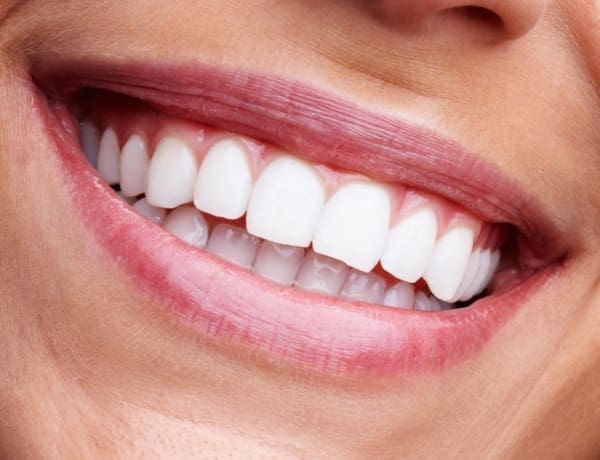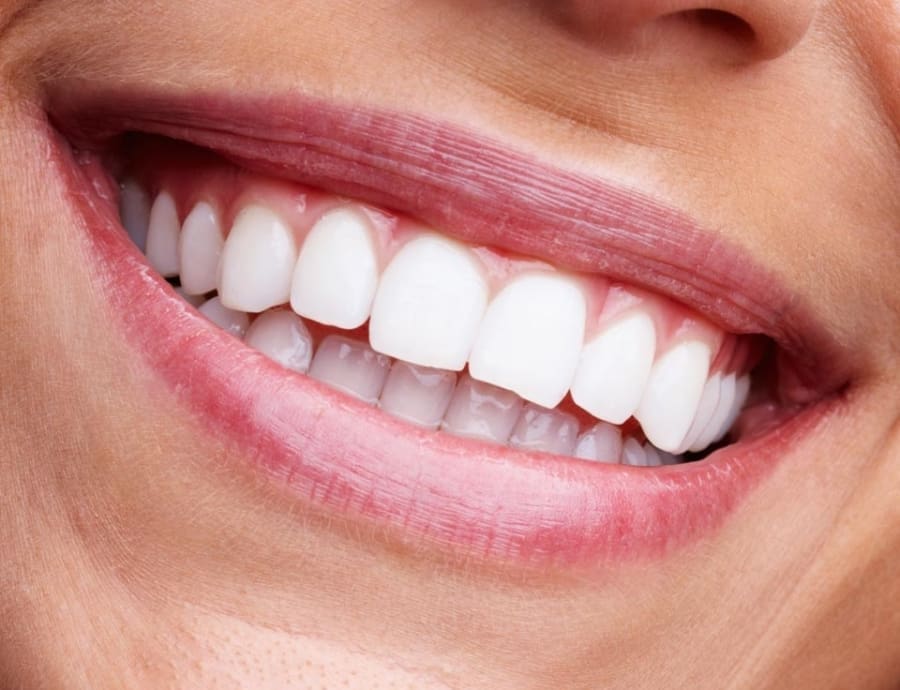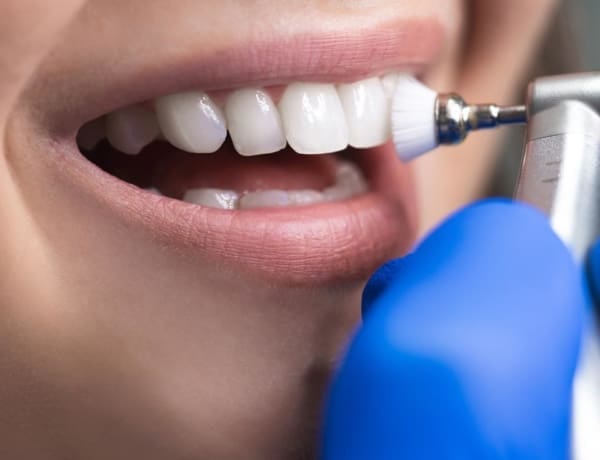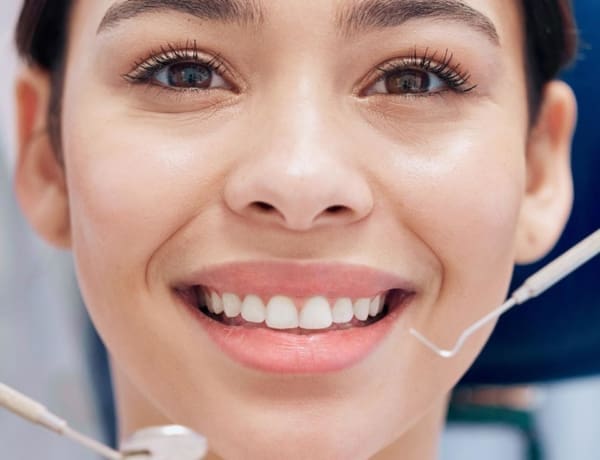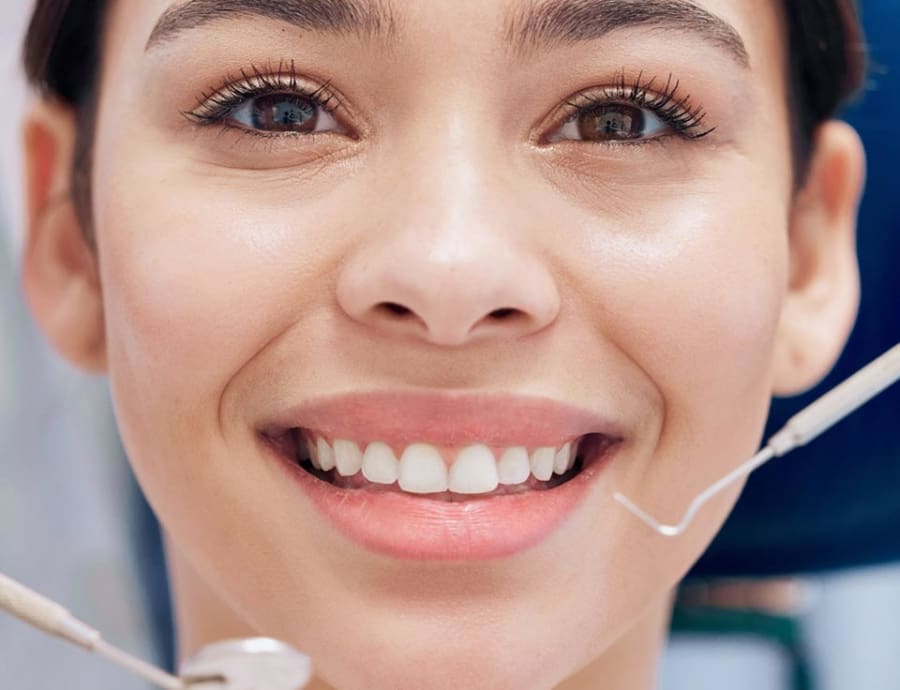This condition can affect the appearance of the smile and can lead to self-consciousness. Stained teeth can result from a variety of factors, including dietary habits, lifestyle choices, ageing, and even certain medical conditions or medications. Tooth discoloration can be categorised into two types: extrinsic and intrinsic stains. Extrinsic stains occur on the surface of the teeth, while intrinsic stains develop within the tooth structure itself.
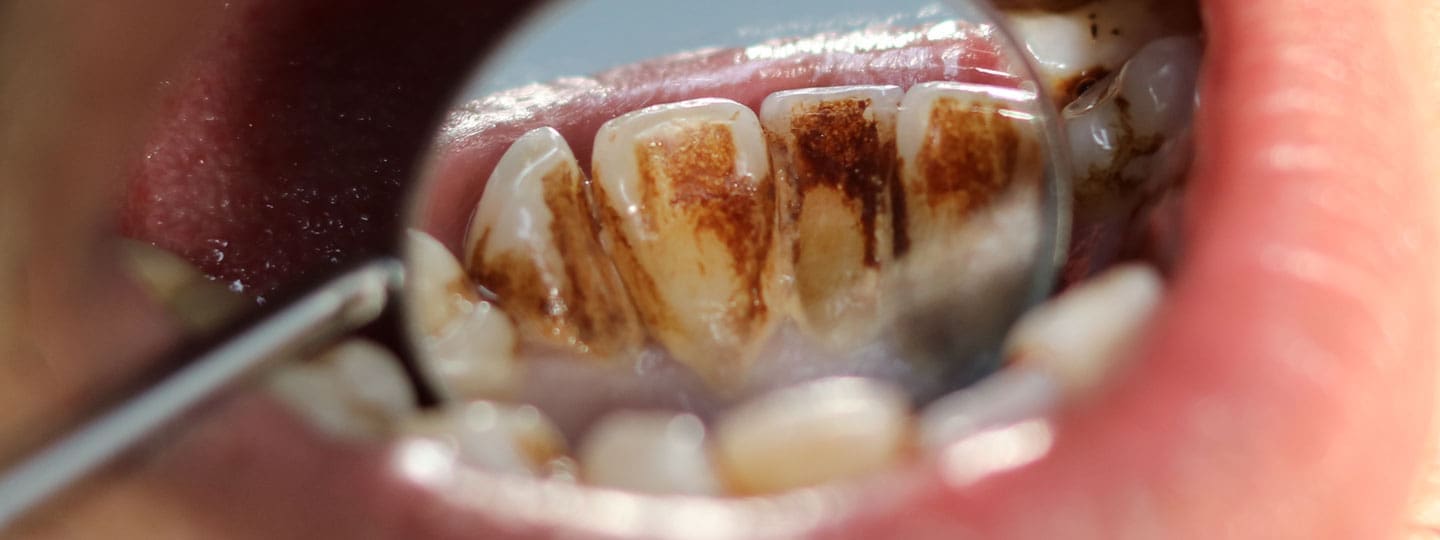
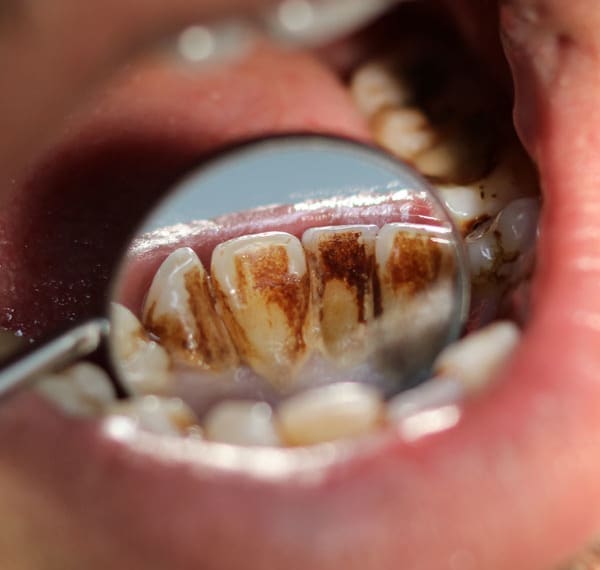
What Are Stained Teeth?
Stained teeth, also known as tooth discoloration, is a common dental concern where the teeth lose their natural whiteness, developing a yellow, brown, or even greyish hue.
Common Causes Of Stained Teeth
Understanding the causes and treatment options for stained teeth is crucial for maintaining a bright and healthy smile.
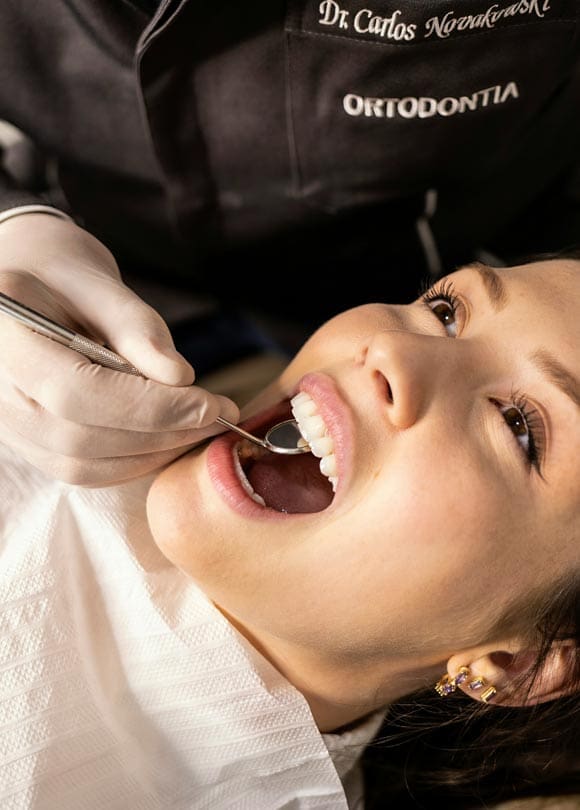
Dietary Habits
Foods and drinks that are rich in chromogens – compounds that produce colour – can stain teeth over time. Common culprits include coffee, tea, red wine, cola, and certain fruits like berries. These substances can adhere to the enamel, causing visible discoloration.
Tobacco Use
Smoking or chewing tobacco is a major cause of extrinsic tooth stains. The nicotine and tar in tobacco products can cause teeth to turn yellow or brown.
Poor Oral Hygiene
Inadequate brushing and flossing can lead to plaque buildup, which can harden into tartar and cause the teeth to appear yellow or brown. Regular dental care is essential to prevent staining.
Ageing
As we age, the enamel on our teeth naturally wears down, revealing the yellowish dentin underneath. This can result in teeth appearing more yellow or dull over time.
Medications
Certain medications, such as tetracycline antibiotics, can cause intrinsic staining, especially if taken during childhood when teeth are still developing. Other medications, like some antihistamines and blood pressure drugs, can also contribute to tooth discoloration.
Treatment Options
Treatment for stained teeth depends on the type and severity of the discoloration. Common approaches include:
Whitening
Dentists can perform in-office professional whitening treatments that use stronger bleaching agents to remove stains more effectively than over-the-counter products.
At-Home Whitening Kits
Over-the-counter whitening kits, including strips, gels, and trays, are available for at-home use. These products can help lighten extrinsic stains, although they may be less effective than professional treatments.
Porcelain Veneers or Composite Edge Bonding
For severe staining, especially intrinsic stains, veneers or bonding may be recommended. Veneers are thin shells placed over the front of the teeth, while bonding involves applying a tooth-coloured resin to improve the appearance of stained teeth.
Stain Removal
Routine dental cleanings can help remove surface stains and prevent plaque and tartar buildup, which contributes to discoloration.
Summary
In summary, stained teeth can result from a variety of factors, including dietary choices, lifestyle habits, and ageing. Addressing the cause of discoloration is essential for selecting the appropriate treatment. Regular dental check-ups and good oral hygiene practices are key to preventing and treating stained teeth, helping to maintain a bright, healthy smile.
